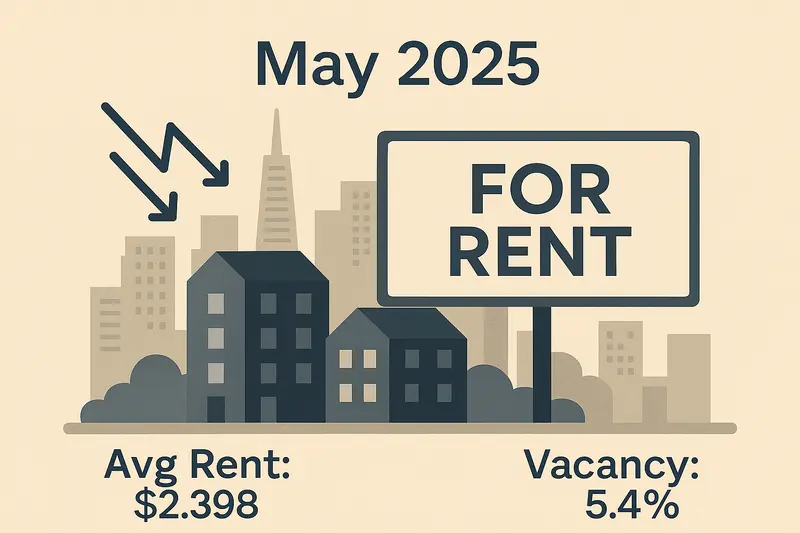Rent vs Lease Payments — Key Rules Tenants and Landlords Should Know
Question
Answer
Many renters and owners confuse rent and lease payments. In short, rent is the recurring payment a tenant makes to occupy a unit; a lease payment usually refers to rent paid under a fixed-term contract that locks in the monthly amount and other terms. The difference matters for rent increases, notice, and legal obligations.
Key differences:
- Contract type: A lease is a fixed-term contract (commonly 6–12 months) that sets the monthly payment and most rules for that term. A rental or month-to-month agreement renews automatically each period and allows more frequent changes.
- Price changes: Leases normally prevent rent increases until the term ends. Landlords can change rent for month-to-month tenants with proper written notice (often 30 days in many jurisdictions).
- Notice and termination: Month-to-month tenancies usually end with short notice (commonly 30 days), while a fixed lease ends on its stated expiration date unless the lease includes early-termination clauses or penalties. Local rules and common-law timing can alter exact deadlines.
- Deposits and fees: Security deposits, move-in fees and late charges can apply to both setups; deposits commonly equal about one month’s rent but state limits and handling rules vary.
- Late fees & grace periods: Typical late fees often run around a small flat amount or ~5% of monthly rent, but many states set limits or require reasonableness—check local law before charging or paying large penalties.
- Flexibility vs. predictability: Leases give both parties predictability (fixed rent, set obligations); month-to-month agreements give flexibility to change terms or move sooner, but also allow faster rent increases or terminations by either party.
- Tax and accounting: For owners, all rent and lease payments generally count as rental income and must be reported; advance rent and certain fees have specific IRS treatments—see IRS Publication 527 for details.
Practical tips: always get changes in writing; confirm who pays utilities, prorated rent on move-in/move-out, grace periods, and early-termination fees before signing. Keep copies of the lease, payment records and receipts. Because timing, allowable fees and notice periods vary by state and city, it’s advisable to consult a licensed local attorney or a trusted real estate professional before signing or disputing payments.


